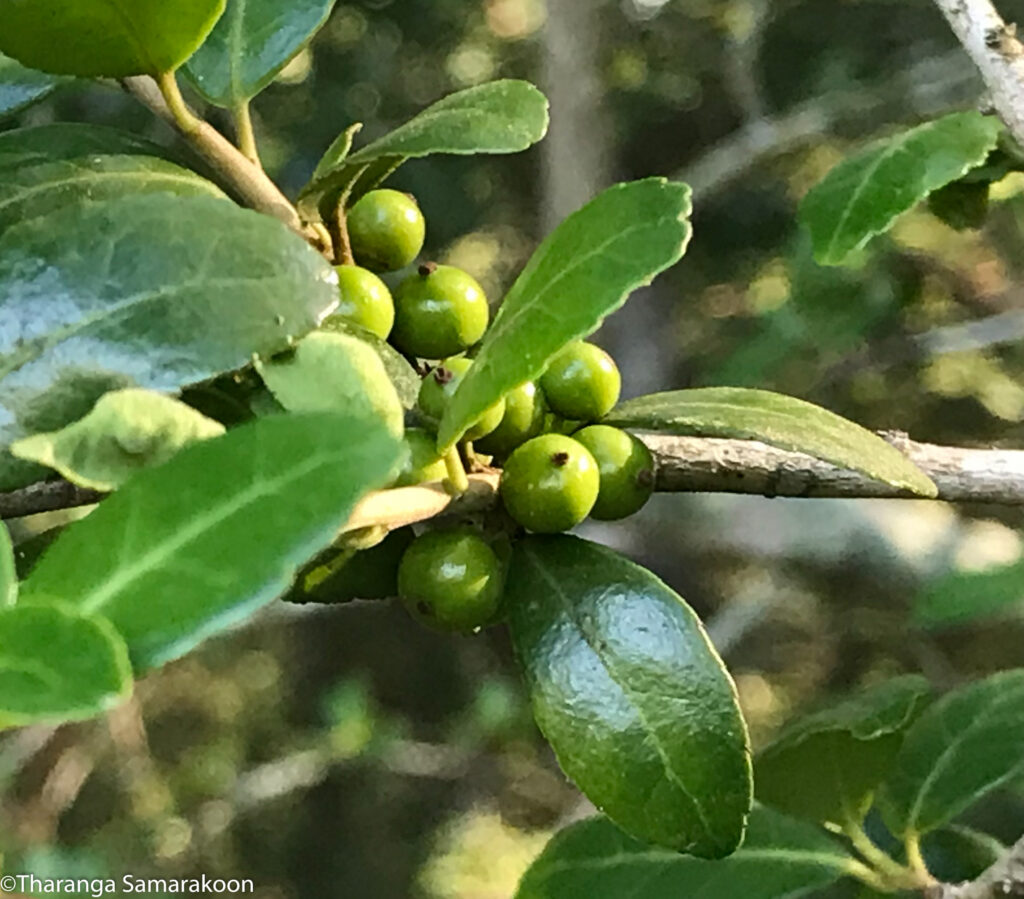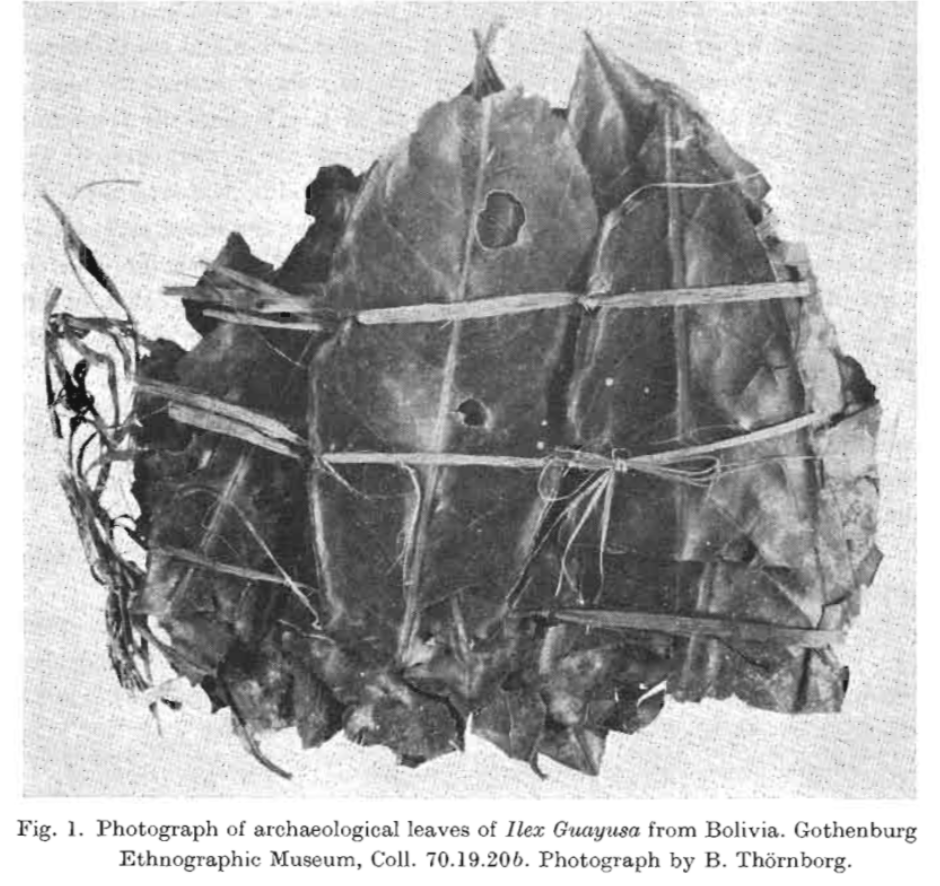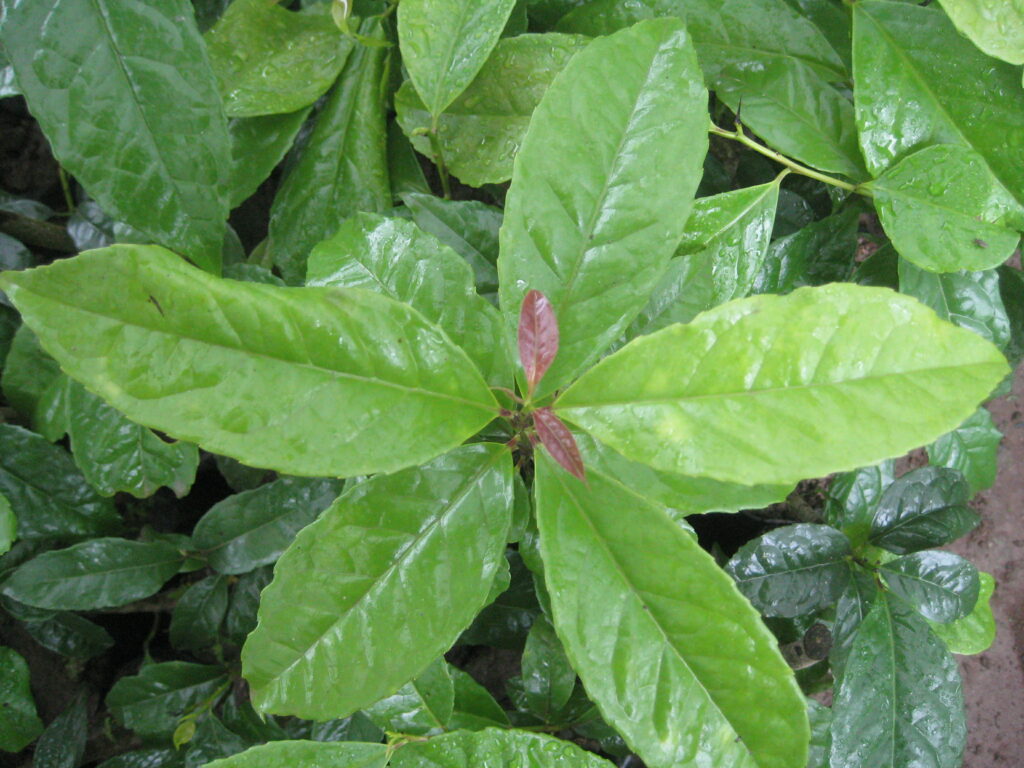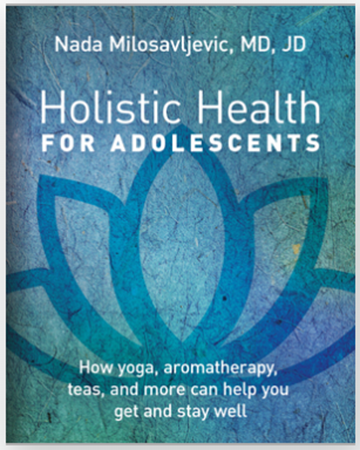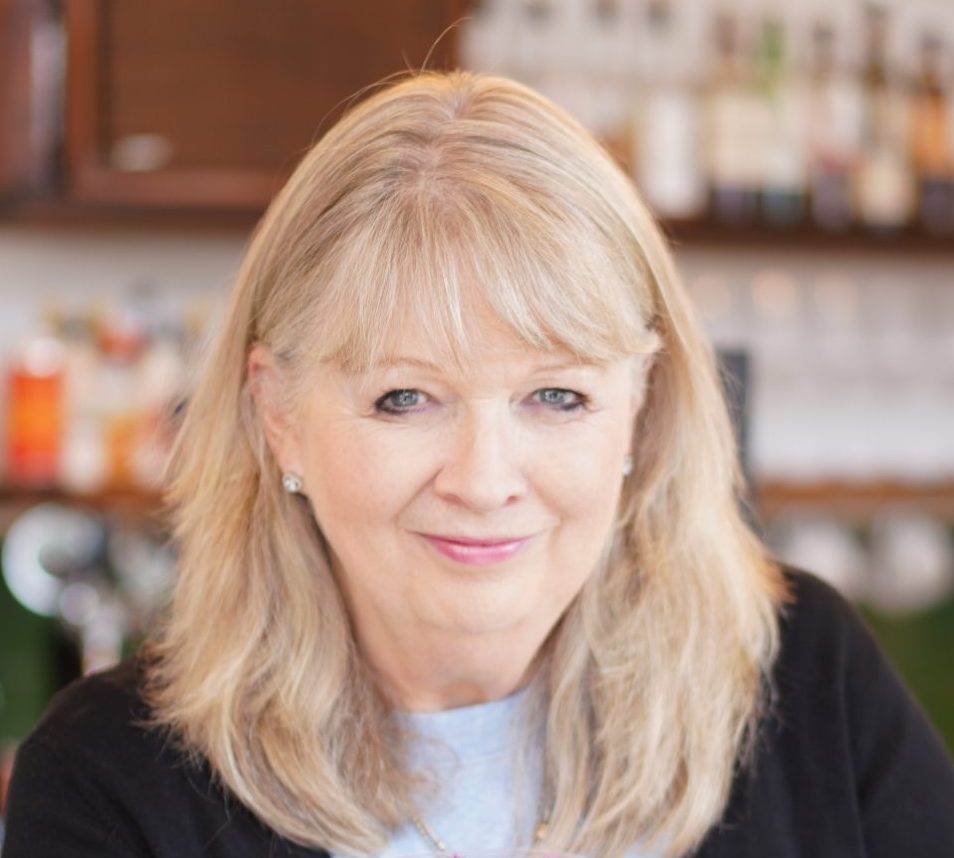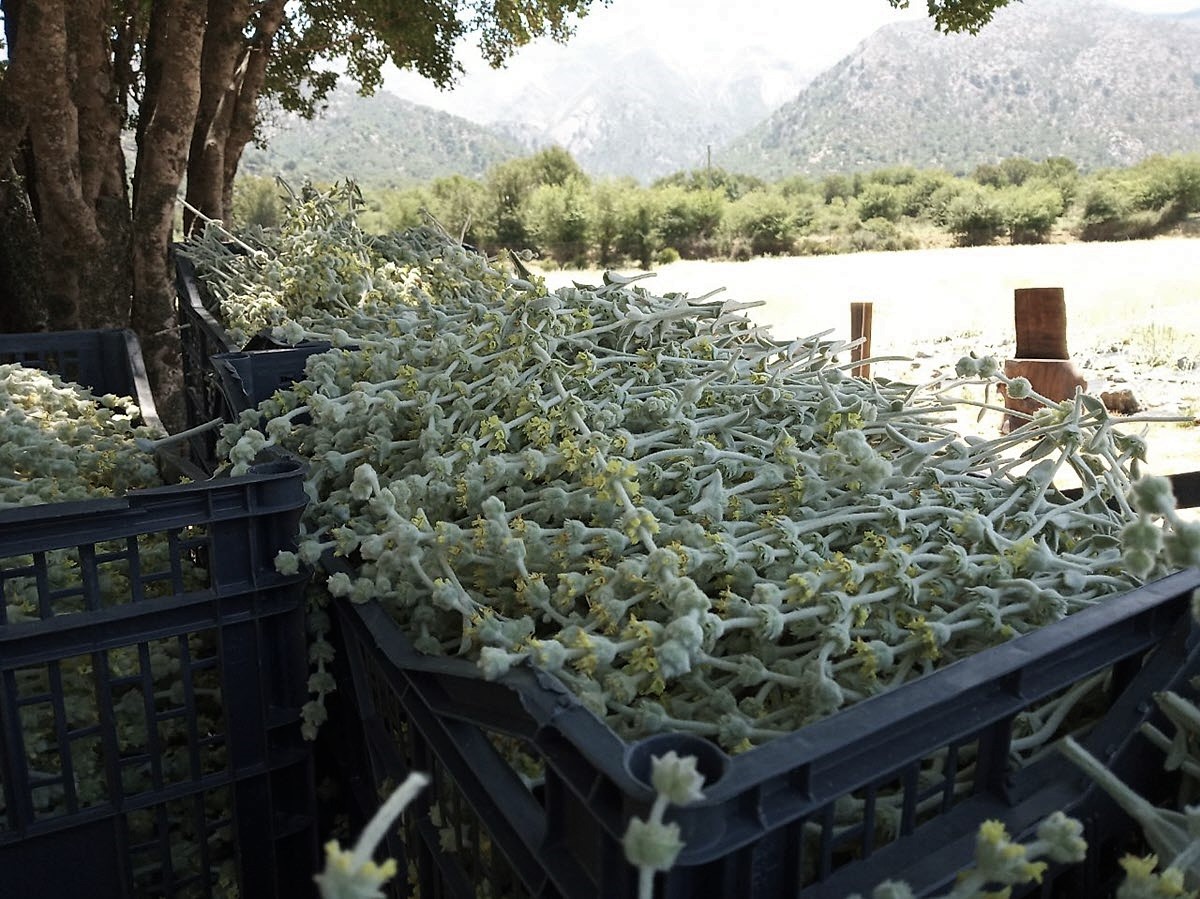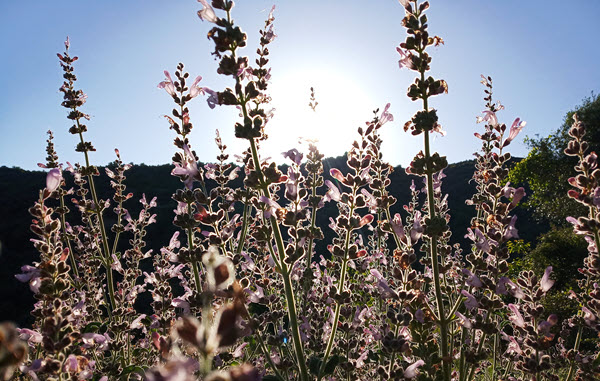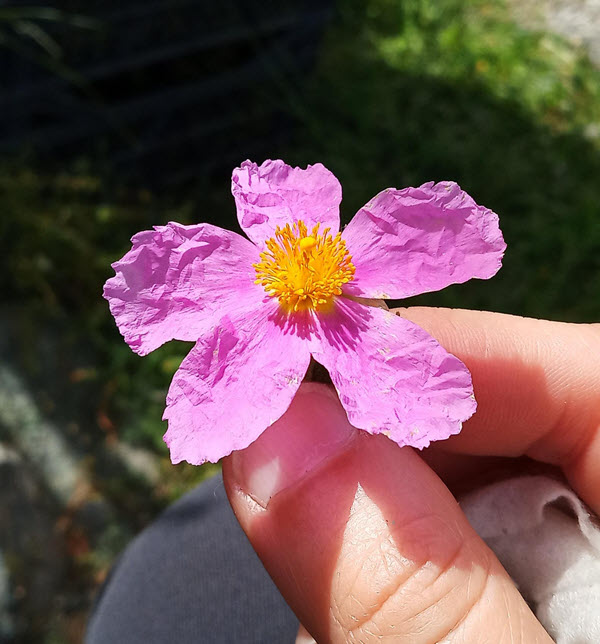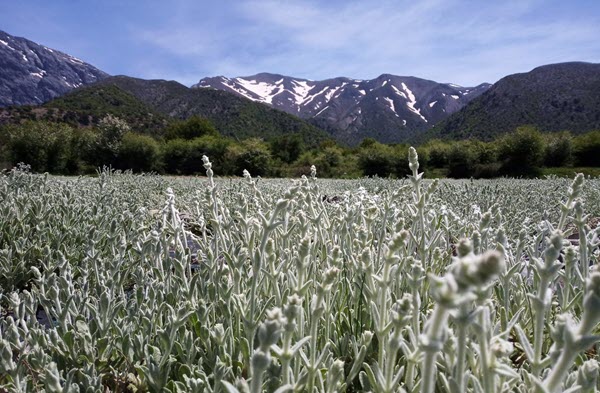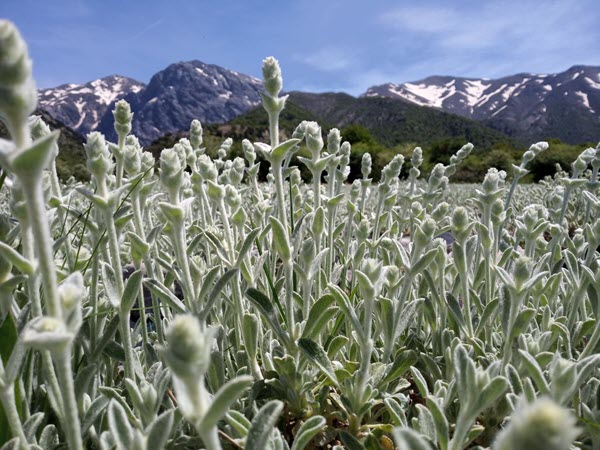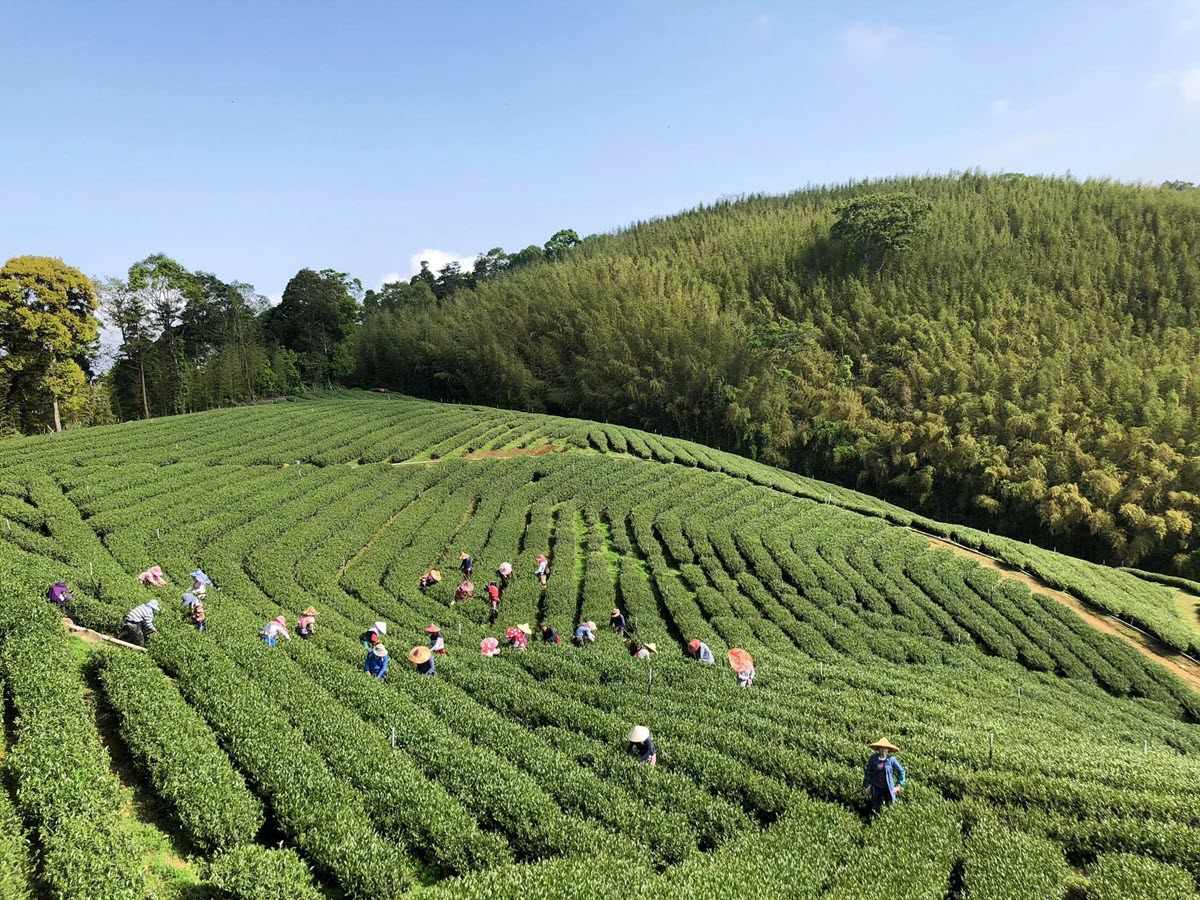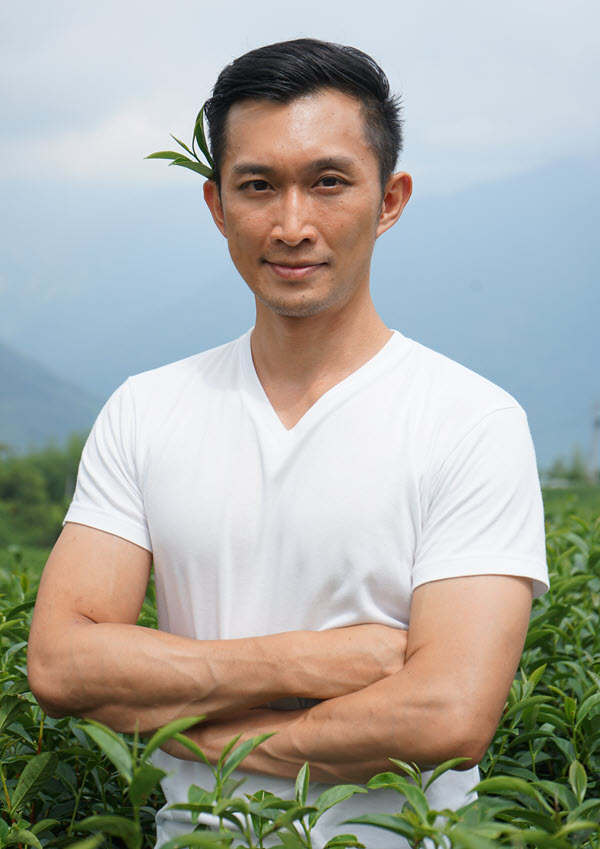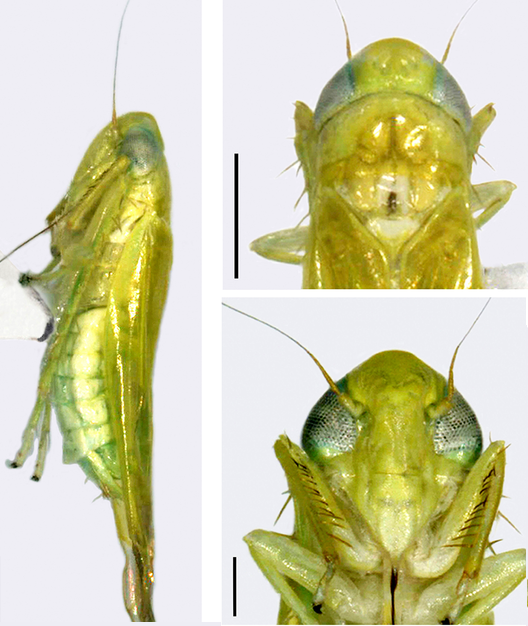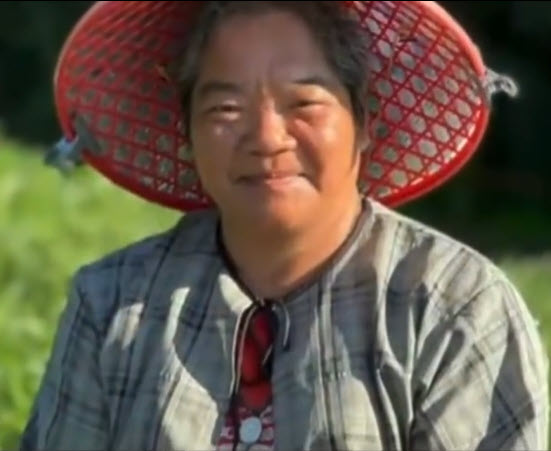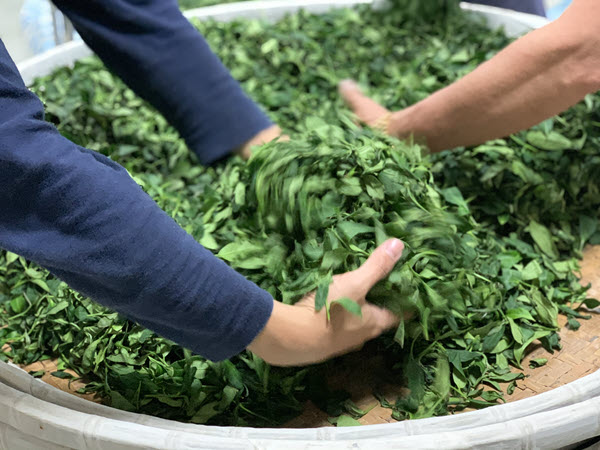A lesson from history
What makes one beverage become more popular than another? What makes a beverage take hold at one moment in history over another?
Christine Folch, assistant professor of cultural anthropology at Duke University in North Carolina, explores these questions through her research on three beverages of the ilex, or holly, genus: yerba matte, yaupon and guayusa.
Of the three ilex beverages, yerba matte is the most well known, but interest in yaupon and guayusa is growing. Has their moment come?
Listen to the interview
Colonization and the commercialization of caffeinated beverages: A conversation with Christine Folch
From the start of the colonial period in the Americas in the 16th century, commercialization attempts were made to position these three ilex beverages — yerba matte, yaupon and guayusa — as caffeinated drinks that could compete on the world stage with coffee and tea, which were just entering the market.
These attempts failed for various social, cultural and economic reasons, which Christine Folch discussed in fascinating detail in her talk at the 2022 Global Tea Institute colloquium in January.
She continues the conversation with Tea Biz’s Jessica Natale Woollard.
Watch the video, featuring Folch’s talk at the Global Tea Initiative Colloquium, hosted by the University of California, Davis, on Jan. 13, 2022. Folch’s presentation begins at 04:37:00.
Jessica: In your talk at the Global Tea colloquium, you share the curious story of yaupon and how it was consumed as a form of protesting British rule. You explain how the beverage remained popular during the US Civil War, particularly in the south, and discuss the reason consumer identity issues impeded its popularity.
How has consumer identity shifted, now in 2022, to give yaupon another chance to enter the caffeinated beverage industry?
Christine: When I first tasted yaupon, the first thing I noticed was, it was really yummy.
The other thing that I noticed quite immediately is where I got it, which was the shrubbery right outside of my window. I made it myself, toasted it, and tried it, and I thought, this stuff is so good. And it’s yard decor.
It raises this really important question: why is it that we in the United States don’t drink something that is quite delicious and grows with little tending right outside of our homes, if we’re in the southern part of the United States?
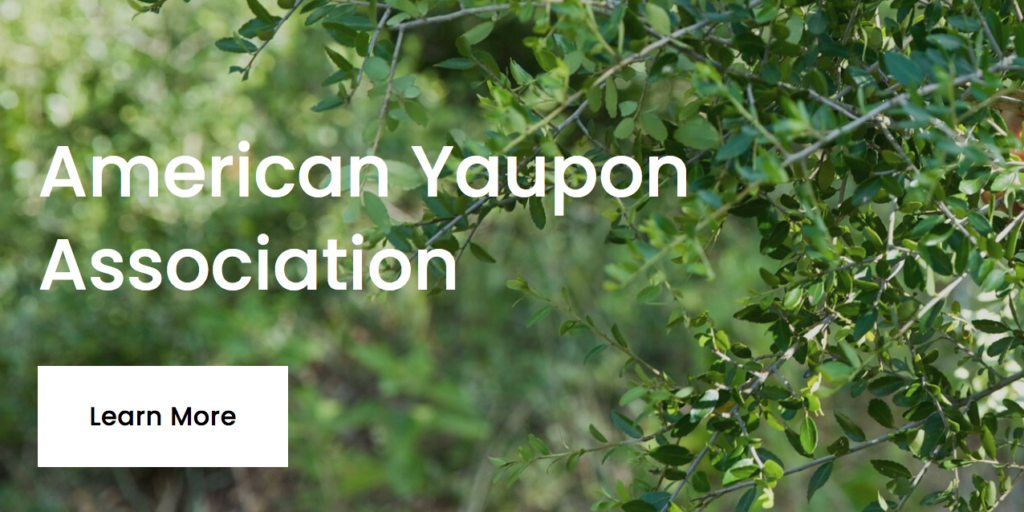
I think that beverages and food come socially encumbered; they come with social implications. The identities of the people who were fans of this beverage, in the 19th century and beforehand, were marginalized identities for various reasons. The primary consumers were Indigenous people. And as we know about the complicated history of North America, there’s this sort of tension about a rejection around Indigeneity, which can be incredibly violent and has been historically.
So, yaupon was consumed by “wrong people” in in the 19th century.
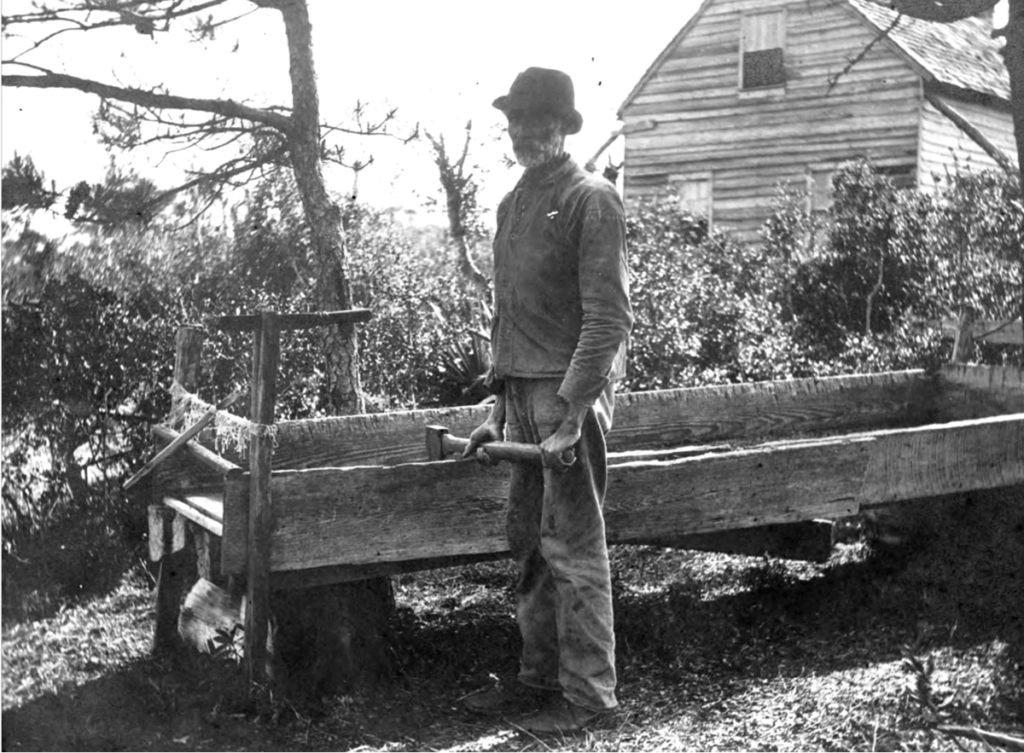
The question becomes, what has changed?
And I think what has changed is that we see other values percolating to the surface. It’s the realization that the communities we thought were marginalized and therefore their consumption was like less desirable, actually those communities have heritage; those communities actually know a lot about land; those communities actually are the source of incredible creativity.
There’s a new openness to that consumption.
Jessica: If our readers are lucky enough to find a café, shop or experience where they can try yaupon and guayusa, is there anything they should know before tasting them for the first time?
Christine: Expect to be surprised by how yummy it actually is.
I’m drinking yaupon right now, and I don’t have any sugar in it. It’s a really pleasant drink that it is less bitter than black tea.
I think you’re going to taste it, and you’ll say, it’s not something I’ve had before, but that’s not bad. I’d like to try some more.
You can get yaupon in the United States by ordering directly from a number of yaupon companies.
The word yaupon comes the Catawba for “small tree.” Even the name itself holds so much about the history of this land.
Related
Jessica: Where do you recommend someone take their first sip of the lesser-known ilex beverages, yaupon or guayusa?
Christine: Around your kitchen table with your friends and a good mug.
The thing about these beverages is that they are social; they’re meant to be consumed with other people so. Have a taste test with your roommates; see which one you like.
That’s how I think you should have it.
This interview has been edited and condensed.
More from Christine Folch
An Ilex Counterpoint — Christine reflects on why yaupon never achieved the popularity of yerba mate for Comparative Studies in Society and History.
A Tale of Two Quintessential Argentine Beverages — Christine writes about wine and yerba mate for Slate magazine.
Forthcoming book: a cultural history of yerba mate
Share this post with your colleagues.
Sign up and receive Tea Biz weekly in your inbox.

Never miss an episode
Subscribe wherever you enjoy podcasts:


